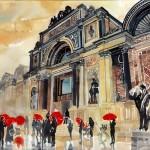Lines are considered the building blocks of art in many cultures, as they create a bridge between our imagination and the physical world. Throughout history, artists have used lines extensively to create form, texture, and perspective in their artwork, all while conveying emotions, thoughts, and ideas. As such, understanding and mastering the use of lines is crucial for artists, as it allows them to communicate complex messages through their work effectively.
In this article, we’ll explore the power of line in art by discussing the techniques of using lines in art, the types of lines, and their significance, as well as some famous examples. By the end, you will have a deeper understanding of how lines are an essential foundation for any piece of art and how you can use them to enhance your own creations.
Understanding the Techniques of Using Lines in Art
To start harnessing the power of lines in art, you must first understand the various techniques and applications of using lines. Below are some of the most common techniques of effectively using lines in art:
Hatching and Cross-Hatching
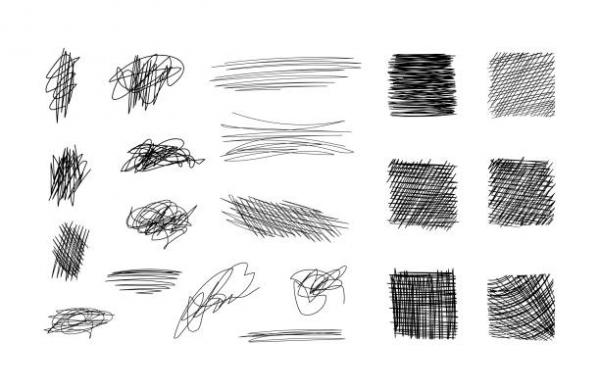
Hatching is a drawing technique used to create tonal or shading effects by drawing closely spaced parallel lines. The closer the lines are to each other, the darker the area will appear. Cross-hatching, on the other hand, is a technique used to create texture, volume, or shadow by drawing lines, then crossing them with another set of parallel lines in the opposite direction. Cross-hatching can be done diagonally, horizontally, or vertically to achieve different effects.
Contour Lines
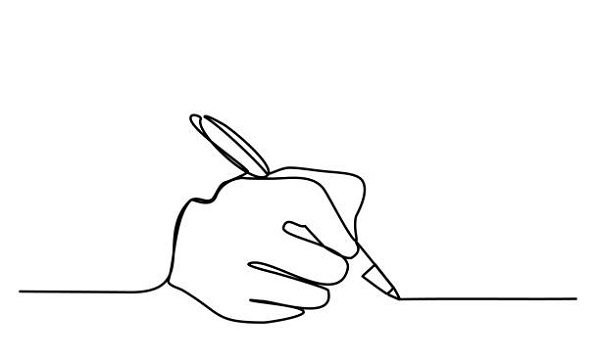
Contour lines are lines that follow the contours of an object, capturing its shape and form. These lines are continuous and usually vary in thickness or darkness to indicate changes in depth and perspective. Contour drawings are considered essential for learning observational drawing skills as they require an artist to analyze and understand the object before translating it onto a flat surface.
Gestural Lines
Gestural lines are spontaneous, expressive, and loose lines that are used to capture the essence of a subject rather than its exact form. These lines are often drawn quickly with a fluid movement and can convey energy, movement, and emotion. Gestural lines are commonly used in figure drawing, landscape art, and abstract art to depict a sense of energy and life.
Implied Lines
Implied lines are lines that are not physically drawn but suggested by the alignment of different elements in an artwork. For example, an implied line can be formed by aligning multiple objects, using a change in color, or having a pattern lead the eye in a certain direction. Implied lines are used to create movement, direction, and guide the viewer’s eye through the composition.
Types of Lines and Their Significance in Art
The type of lines used in a piece of art can have a significant impact on the overall mood, composition, and message the artist is trying to convey. Here are some common types of lines and their significance:
Vertical Lines
Vertical lines project a sense of stability, strength, and formality. They appear to defy gravity and can make objects appear taller or more dominant. In art, vertical lines often represent human figures, trees, and architecture. For example, the vertical lines in Piet Mondrian’s minimalist abstract paintings evoke a sense of order and structure.
Horizontal Lines
Horizontal lines convey a sense of peace, tranquility, and restfulness, as they parallel the horizon line where the earth meets the sky. They can make objects appear wider and more stable, and they represent stability or energy at rest. In landscape art, horizontal lines create a sense of spaciousness and openness.
Diagonal Lines
Diagonal lines create a sense of action, movement, and dynamism in a composition, as they reach out in different directions from one point to another. Steeper diagonals can suggest a faster movement or a more unstable object, while gentler diagonals can indicate a steadier change or a more stable object. Diagonal lines are commonly used in action scenes, dance or sports-related artwork, and in images depicting a sense of tension or conflict.
Curved Lines
Curved lines communicate feelings of softness, elegance, and grace. They can create flowing, organic shapes that are pleasing to the eye and can give a sense of balance and harmony to a composition. Curved lines are often used to depict natural forms, such as the contours of the human body or the shapes of plants and the landscape.
Zigzag Lines
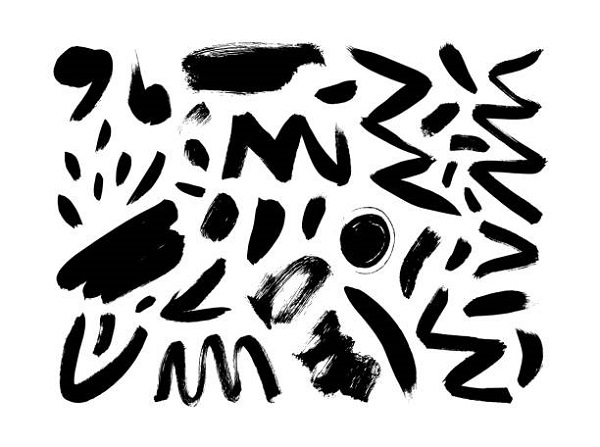
Zigzag lines create a sense of energy, action, and excitement. Due to their irregular shape, they can also make the viewer feel uneasy or tense. Zigzag lines are often used to convey a sense of chaos, movement, or conflict and can be found in many abstract and expressionist artworks.
Line vs. Shape in Art
While lines are essential to creating art, they are not the only element an artist must master. Shapes, formed when lines enclose an area, play a crucial role in creating a composition or conveying a specific message with the artwork. It is essential for artists to understand the interrelationship between lines and shapes and how they merge to create various forms, patterns, and structures in art.
To fully harness the power of line and shape in your artwork, consider experimenting with different types of lines to create various shapes and objects. Play with variation in line thickness, length, and style to add visual interest and depth to your work. Remember that lines can be used to express emotions and ideas, so consider how the types of lines you use can impact the overall feeling and message your work conveys.
Line vs. Space
In the realm of art, space is also a crucial element. Both line and space are equally important and can work together to create a powerful visual impact. Artists often use lines and space together to create a sense of balance and harmony in their work. By playing with the relationship between positive and negative space, they can create a dynamic composition that draws the viewer’s eye and creates a sense of movement or energy.
Examples of Line Art and Their Interpretation
To understand the essence and role of line in the history and the contemporary world of art, we shall delve into multiple interpretations and applications of line by different artists. These examples will offer insight into the thought processes and techniques employed by artists in their exploration of the endless potential inherent within the simple medium of line.
Famous Artworks That Use Line
Let us begin our journey by exploring some esteemed historical works of art that showcase the effective utilization of line.
Leonardo da Vinci – “The Last Supper”
In this iconic painting, da Vinci uses lines to create a sense of depth and perspective, as well as draw the viewer’s attention to the central figure of Jesus Christ. The lines formed by the walls, windows, and ceiling converge at a vanishing point directly behind Christ, emphasizing his importance in the composition.
Vincent van Gogh – “Starry Night”
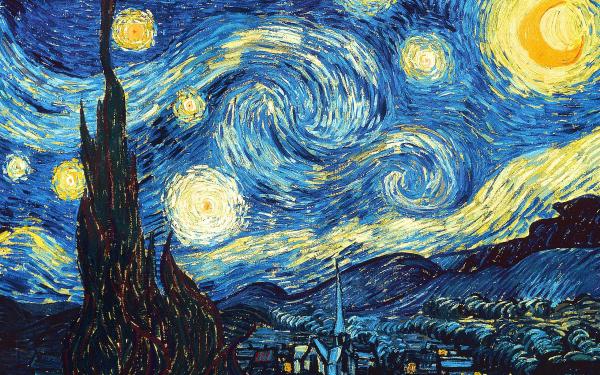
Van Gogh’s “Starry Night” features swirling, curved lines that create movement and energy in the painting. The lines give life to the sky and contrast with the steadier, more linear shapes in the village below. This contrast between line and shape helps to evoke the feeling of a tumultuous, ever-moving universe above a stable, resting earth.
Albrecht Dürer – “Young Hare”
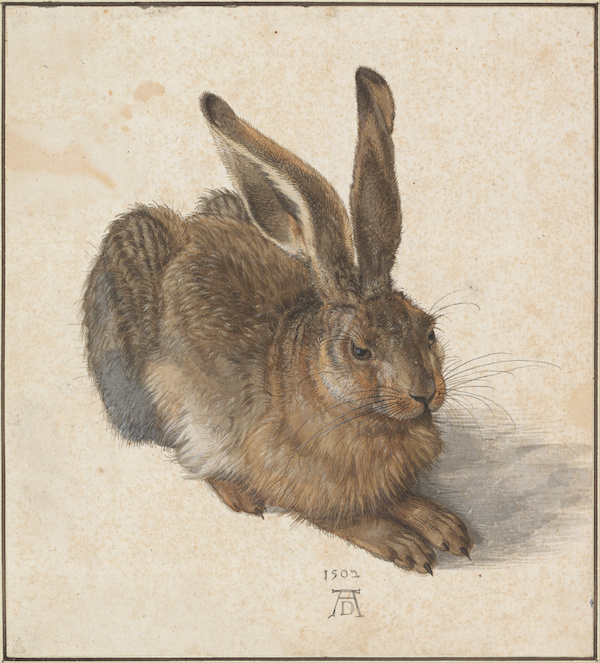
The “Young Hare” by Dürer exemplifies the use of fine lines and hatching techniques to create texture and depth. This highly detailed study of a hare uses subtle line work to depict the animal’s fur, convey shadow, and emphasize the contours of its form. Such delicate line mastery allowed Dürer to create an astonishingly life-like rendering of his subject.
Hokusai – “The Great Wave off Kanagawa”
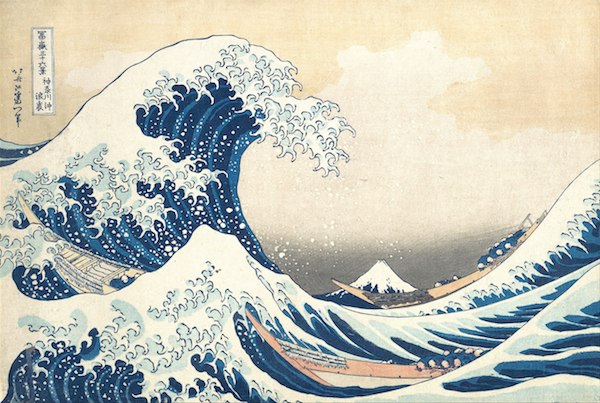
This renowned Japanese print by Hokusai features a powerful use of line, with the exaggerated curves of the eponymous wave appearing almost alive as they reach towards the viewer. The foam of the waves is meticulously rendered with brief, intricate lines, while the sweeping contours of the ocean mesmerize the eye. Hokusai’s use of line conveys the force and energy of nature, as well as its beauty.
Henri Matisse – “The Woman with the Hat”
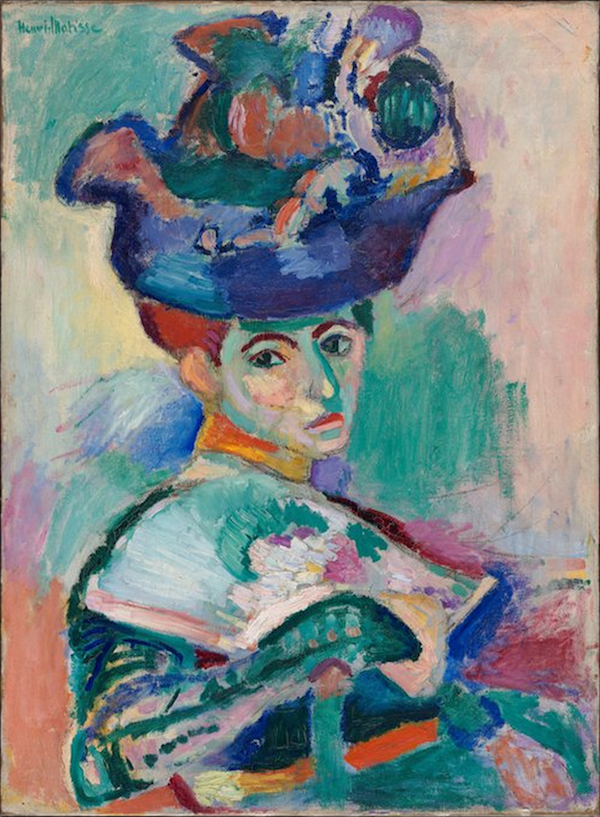
Matisse’s “The Woman with the Hat” explores the power of line through expressive contour drawings. Lively, fluid lines interact with bold color to build the composition and the depicted figure. By creating depth and form with line, Matisse achieves a sense of harmony while retaining simplicity within the piece.
Pablo Picasso – “Les Demoiselles d’Avignon”
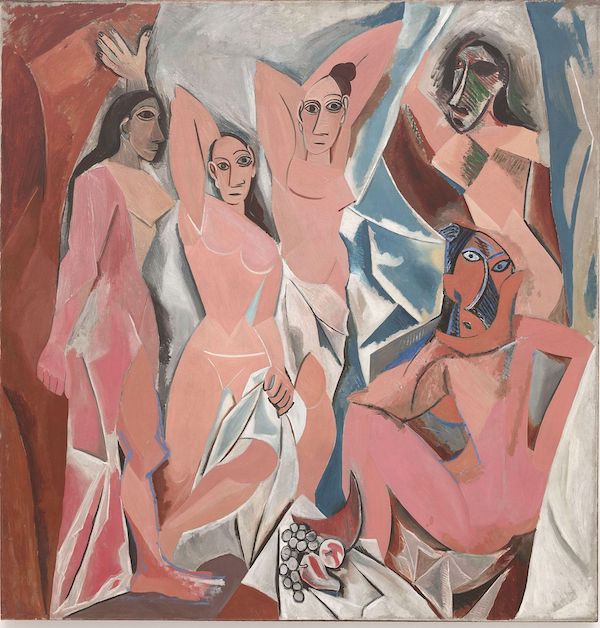
In “Les Demoiselles d’Avignon,” Picasso employs line in a revolutionary manner by deconstructing the human figure into geometric shapes. The composition’s varying line direction and weight emphasize different aspects of the depicted figures and the overall scene. Picasso’s groundbreaking use of line contributed to the development of the Cubist movement and fundamentally altered the course of modern art.
Contemporary Art and Line
The power of line transcends historical technique, proving to be just as relevant and dynamic in today’s contemporary art world. Here are some examples of how contemporary artists harness the expressive potential of line.
Frank Stella – “Harran II”
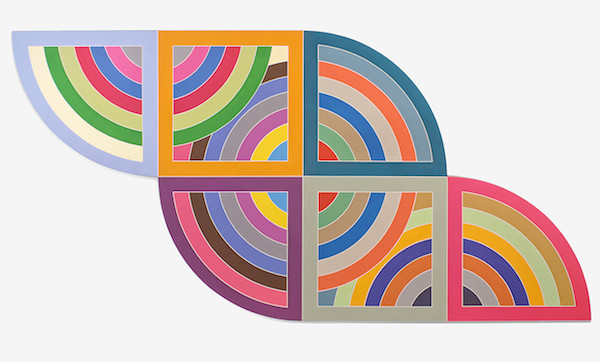
Frank Stella’s “Harran II” is an example of minimalist art that relies heavily on line to achieve its geometric visual impact. The composition consists of bold, precise lines, and the interplay of color and linear form creates a sense of depth and movement. The simplicity of the lines invites the viewer to appreciate their structural beauty and to contemplate the deeper significance of the geometric patterns.
Yayoi Kusama – “Infinity Net”
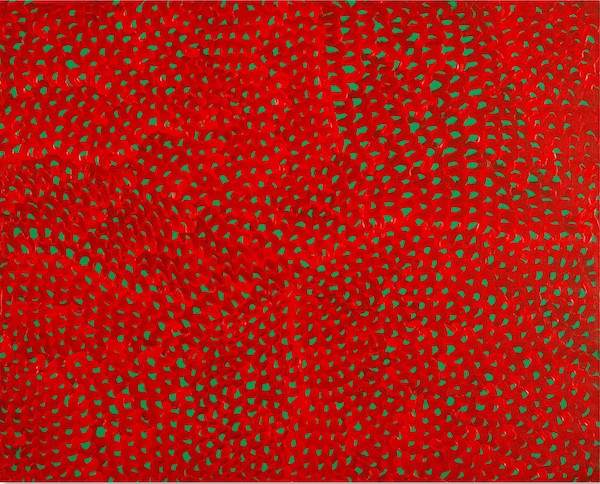
Internationally-acclaimed artist Yayoi Kusama features the power of line prominently in her fascinating “Infinity Net” series. With consistently repetitive and looping lines, Kusama creates an intricate network that conveys a sense of depth and space. The delicate balance between the lines and the absence of line creates an immersive spatial experience for viewers.
Julie Mehretu – “Stadia II”
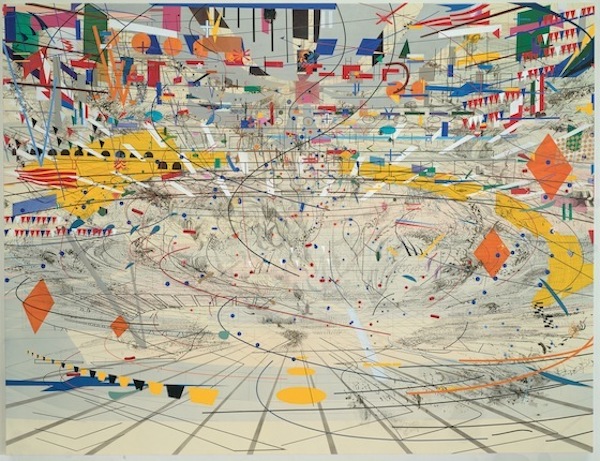
In “Stadia II,” Julie Mehretu layers bold and delicate lines to form an intricate visual landscape evocative of maps or cityscapes. Mehretu’s layered and multidirectional lines are a reflection of the complex interconnectedness of modern society. The amalgamation of lines, shapes, and patterns allows the viewer to explore a wide array of interpretations and perspectives of the piece.
Zaha Hadid – “The Peak Blue Slabs”
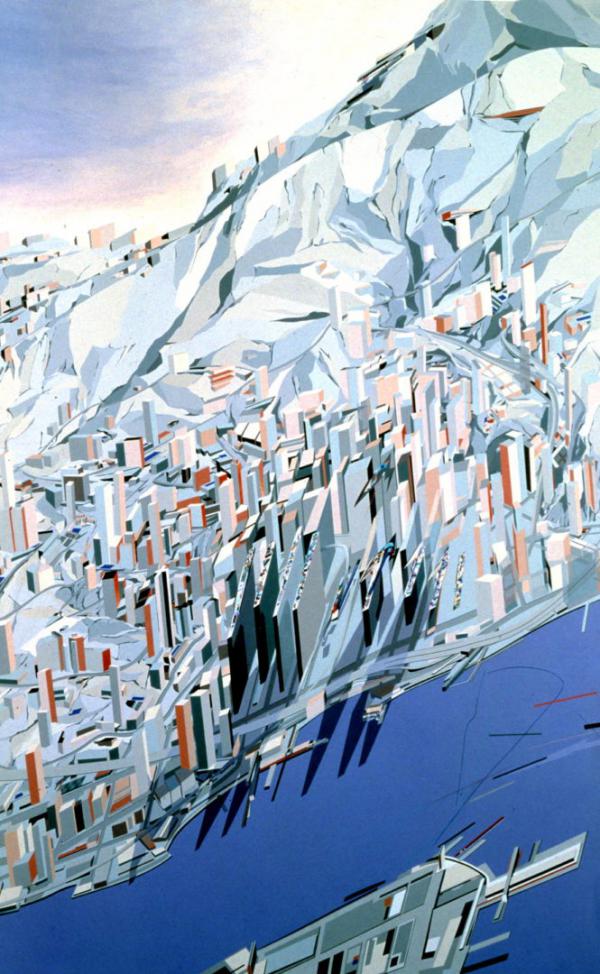
Renowned architect Zaha Hadid’s “The Peak Blue Slabs” demonstrates the connection between line and form. This piece is a study of space, form, and movement achieved through the fluidity and dynamism of its lines. A series of overlapping, ribbon-like lines generates a sense of flow and motion which gives the 2D structure an almost 3D feel.
Antony Gormley – “Quantum Cloud”
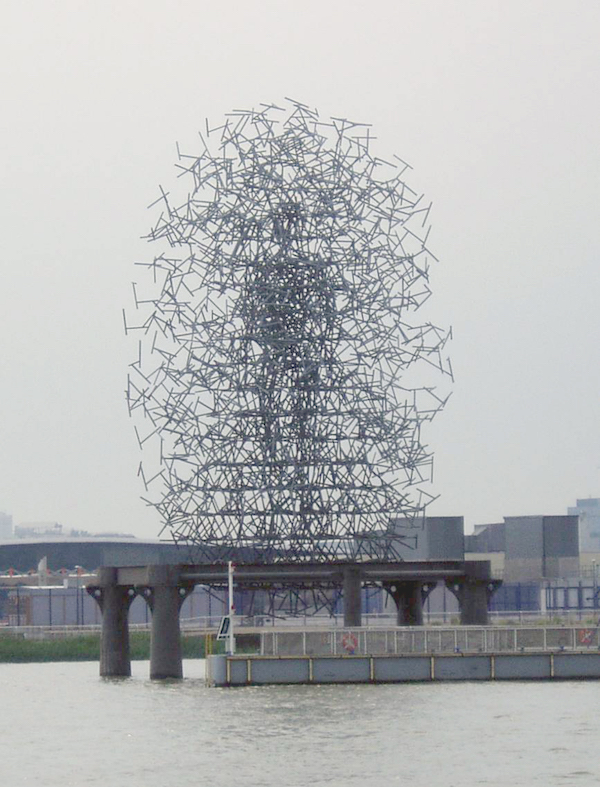
“Quantum Cloud” is a colossal sculpture by Antony Gormley that features steel lines or bars arranged in a cloud-like formation. This work explores the relationship between the microscopic world of quantum physics and the human form. The random arrangement of lines forms the silhouette of a human figure in the negative space, challenging the viewer to reconsider their understanding of space, matter, and existence.
By examining these examples from both historical and contemporary artists, it becomes evident that line upholds an extraordinary power to inspire, intimidate, evoke emotion, and trace the boundaries of our imagination. The versatility of line art serves as an ongoing testament to the boundless nature of human creativity and artistic experimentation.


